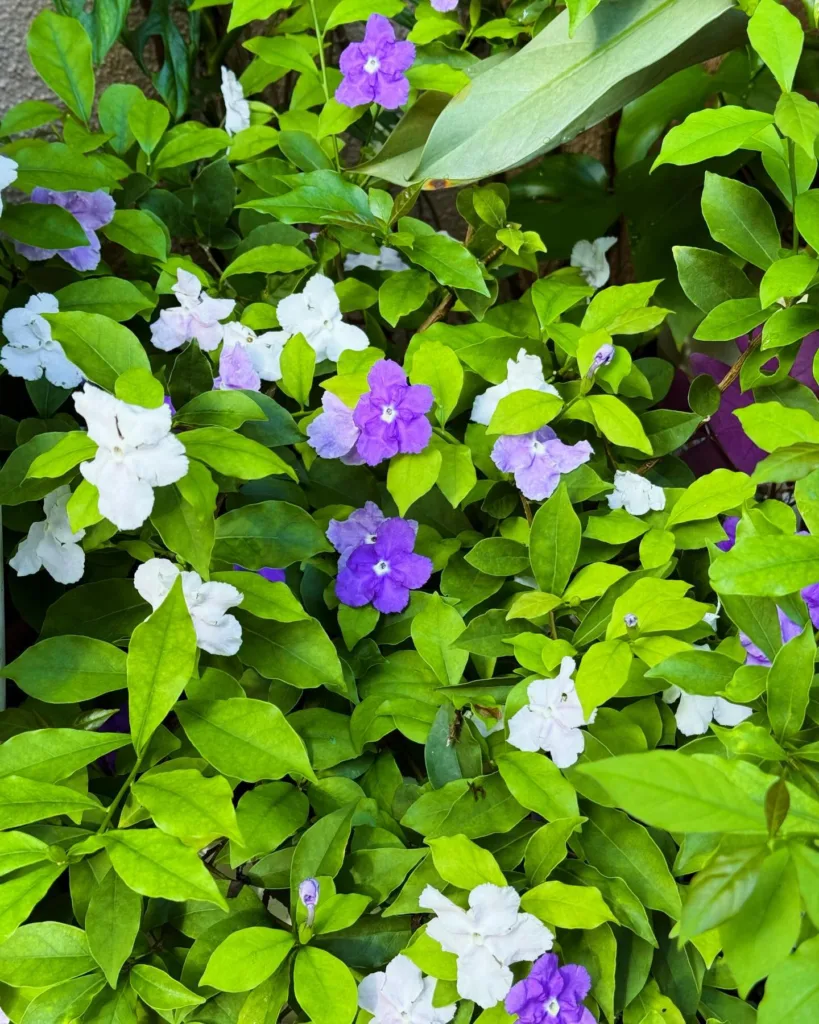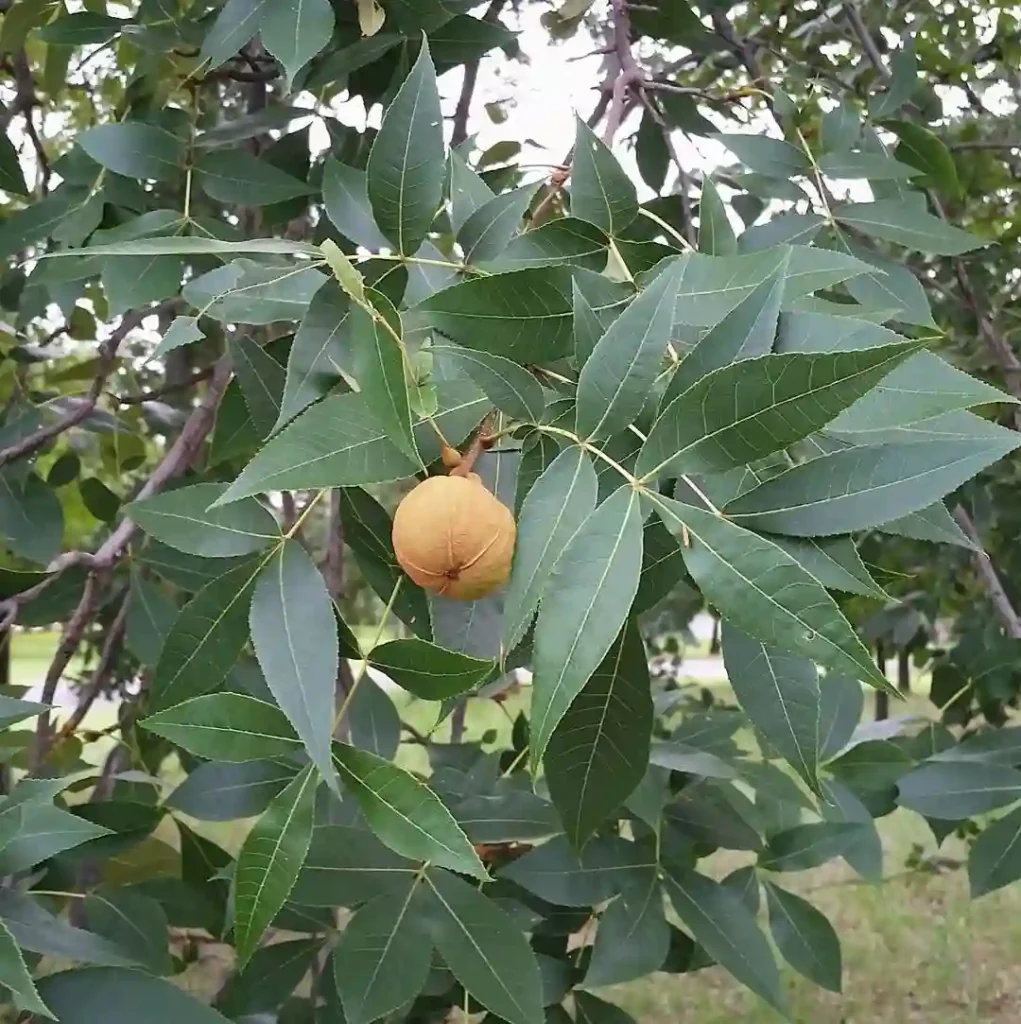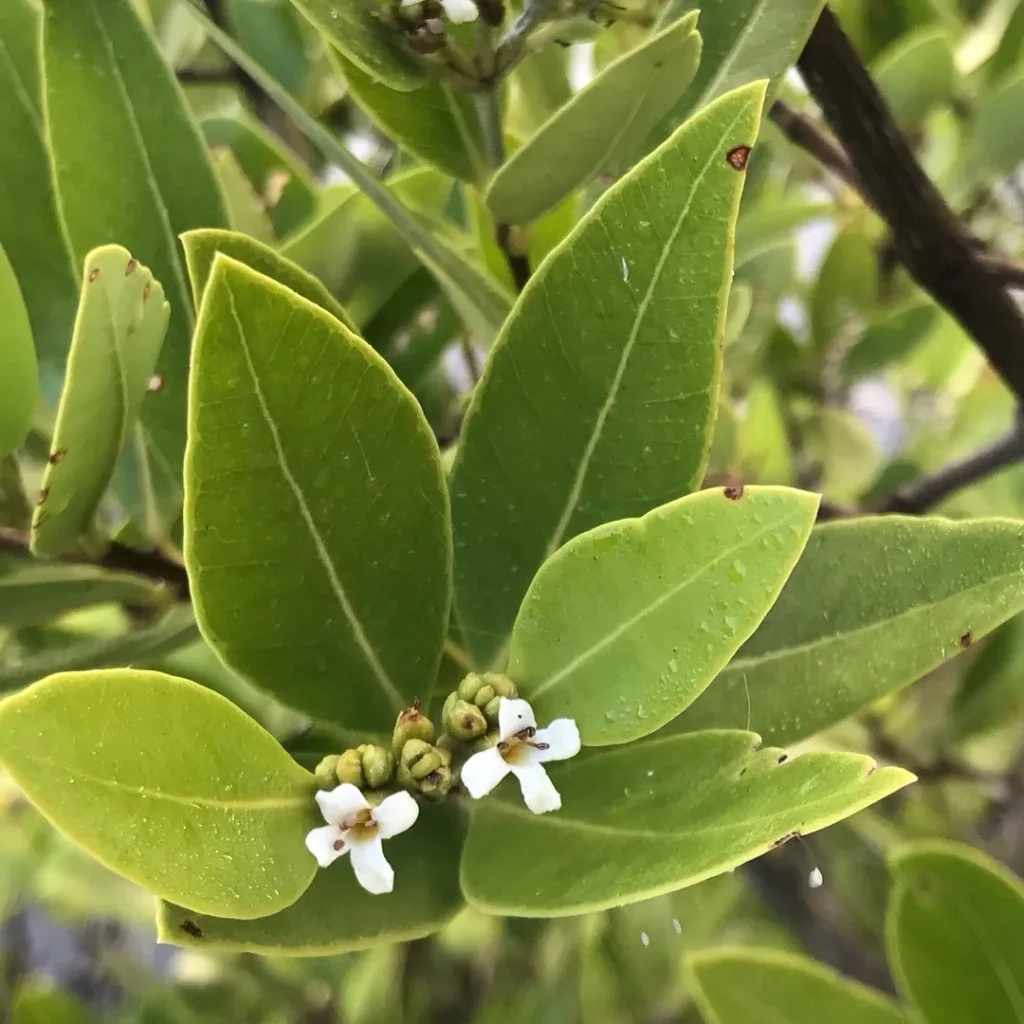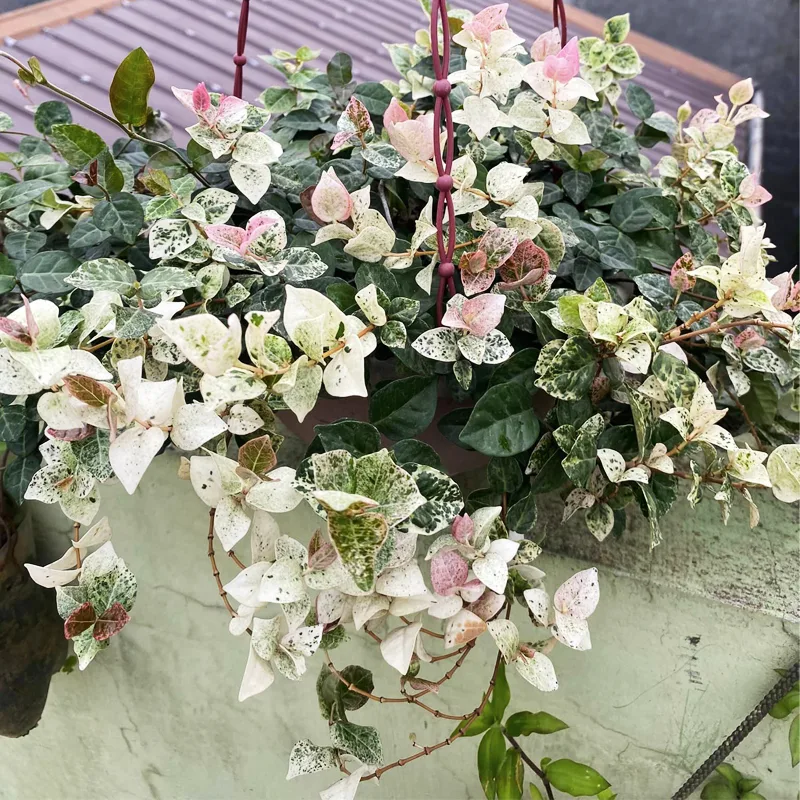Exploring the Surianaceae Family: A Personal Journey
As a plant enthusiast, I find immense joy in discovering the intricate details of various plant families. One such family that has captured my attention is Surianaceae. This family consists of unique genera, including Cadellia, Guilfoylia, Recchia, Stylobasium, and Suriana. In this article, I will share my personal experiences and insights about these fascinating plants, highlighting their characteristics, habitats, and my thoughts on their cultivation.
Understanding the Surianaceae Family
Surianaceae is a small family of flowering plants native primarily to tropical and subtropical regions. What makes this family particularly interesting to me is its diversity and the variety of adaptations these plants exhibit. Each genus within the Surianaceae family has its own unique traits, which contribute to the overall richness of this botanical group.
Cadellia: The Iconic Australian Tree
One of the standout genera in the Surianaceae family is Cadellia. This genus is native to Australia and consists of only one species, Cadellia pentastylis, commonly known as the Australian Blackwood. I first encountered this tree during a visit to a local botanical garden, where its striking appearance left a lasting impression on me.
Cadellia pentastylis features a tall, straight trunk with a canopy of dark green leaves. What I love most about this tree is its resilience; it thrives in various soil types and can tolerate drought conditions. I’ve often thought about adding one to my collection, as it can be a beautiful shade tree in any landscape.
Guilfoylia: A Unique Challenge
Moving on to Guilfoylia, this genus is another captivating member of the Surianaceae family. The species Guilfoylia dielsii caught my eye during my research due to its unusual characteristics. This plant is often found in open forests and has a distinct, sprawling growth habit.
What I appreciate about Guilfoylia is its adaptability to various environments. However, it requires specific conditions to thrive, which makes it a bit of a challenge to cultivate. I’ve tried growing it in my garden, and while it struggled initially, I learned that the right amount of shade and moisture can make all the difference.
Recchia: The Underappreciated Gem
Another lesser-known genus is Recchia. While it may not be as widely recognized as Cadellia or Guilfoylia, I find Recchia fascinating. This genus includes a few species that exhibit beautiful foliage and unique flowers. The plant’s ability to adapt to various climates has piqued my interest, especially as I’ve seen it flourish in both tropical and subtropical environments.
During my explorations, I came across Recchia goyazensis, a species known for its striking leaf patterns. I admire plants that can stand out in a garden, and this one certainly fits the bill. My experience with Recchia has taught me about the importance of soil health and proper watering techniques, which are vital for maintaining its beauty.
Stylobasium: An Aesthetic Delight
Stylobasium is another genus that deserves attention within the Surianaceae family. The species Stylobasium rodolphii has caught my interest with its attractive foliage and delightful blooms. This plant thrives in well-drained soils, which aligns with my gardening philosophy of providing optimal conditions for each plant.
One of the highlights of growing Stylobasium is witnessing its flowers in full bloom. They attract a variety of pollinators, which adds life to my garden. I find it rewarding to cultivate plants that not only look beautiful but also contribute to the ecosystem.
Suriana: A Versatile Survivor
Lastly, I cannot overlook Suriana. The genus includes several species, such as Suriana maritima, commonly known as the seaside daisy. This plant thrives in coastal environments and has a unique ability to withstand saltwater exposure. I’ve often marveled at its resilience, especially during storms when many other plants struggle to survive.
In my own garden, I have experimented with growing Suriana maritima in pots. Its bright yellow flowers and hardy nature make it an excellent choice for coastal landscapes. I’ve learned that this plant is not only beautiful but also serves a vital role in stabilizing sandy soils.
Cultivating the Surianaceae Family
Through my journey with the Surianaceae family, I’ve learned valuable lessons about plant care and appreciation. Each genus within this family has its own unique charm, requiring specific conditions for optimal growth. I’ve enjoyed experimenting with different plants, adapting my gardening techniques, and witnessing the beauty they bring to my landscape.
In conclusion, the Surianaceae family, with its diverse genera like Cadellia, Guilfoylia, Recchia, Stylobasium, and Suriana, has become an essential part of my botanical explorations. These plants not only enhance the beauty of my garden but also serve as a reminder of the intricate relationships within nature. I encourage fellow plant lovers to explore this family and discover the unique characteristics of each genus. Happy gardening!
If i die, water my plants!



